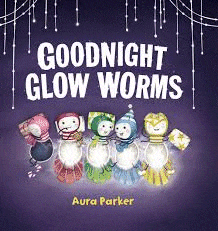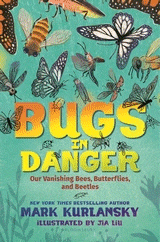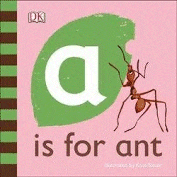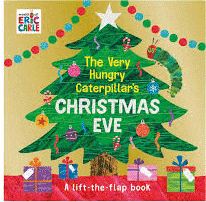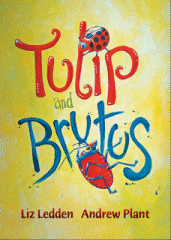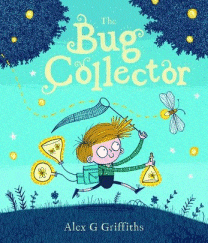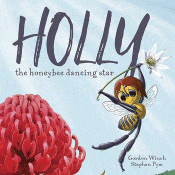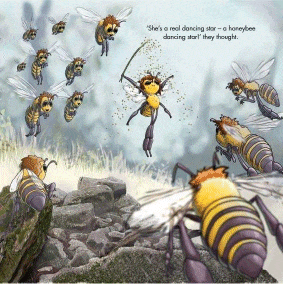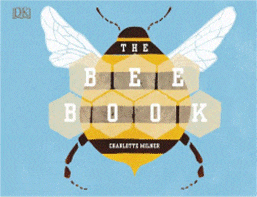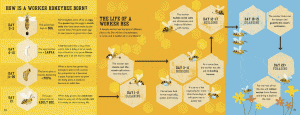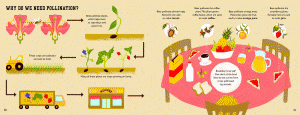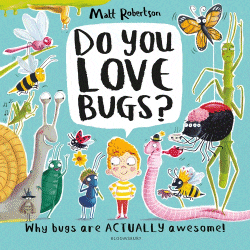
Do You Love Bugs?
Do You Love Bugs?
Matt Robertson
Bloomsbury, 2020
32pp., pbk., RRP $A12.99
9781526609519
From an early age many children develop a fear of bugs – perhaps it’s because of their imagining the feel of all those legs crawling over them, or they are warned about being the target of the creature’s defence system. So in this book with its accessible text, quirky illustrations and engaging layout, Matt Robertson attempts to show that the minibeasts that inhabit both the indoors and outdoors are actually beneficial and essential to both our planet and our well-being.
Bees, worms, stick insects, grasshoppers, snails, butterflies and moths, ants beetles, even spiders are all put under the microscope and shown through the lens of being critical to the environment and its health. Robertson has used a clever technique of portraying the critters in cartoon-like style so that they have personality and are not a scary exact likeness, and that coupled with fun facts like snails being deaf and bees communicating by dancing brings each species into focus in a gentle way.
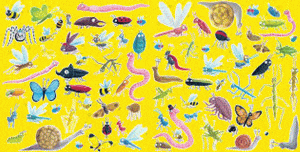
A peek inside…
Before sharing the book, young readers might even like to identify the bugs on the colourful endpapers setting them up ready to learn more about those they know.
Much as I appreciate this approach and the value that bugs add, I’m still not convinced about the usefulness of spiders and flies yet…
